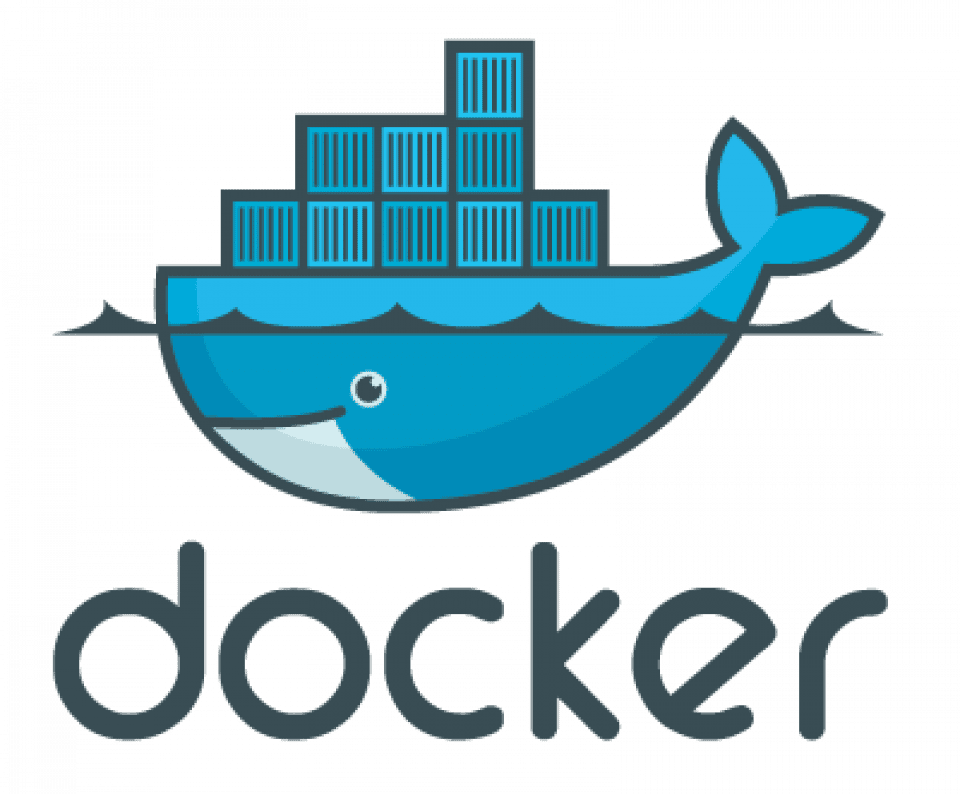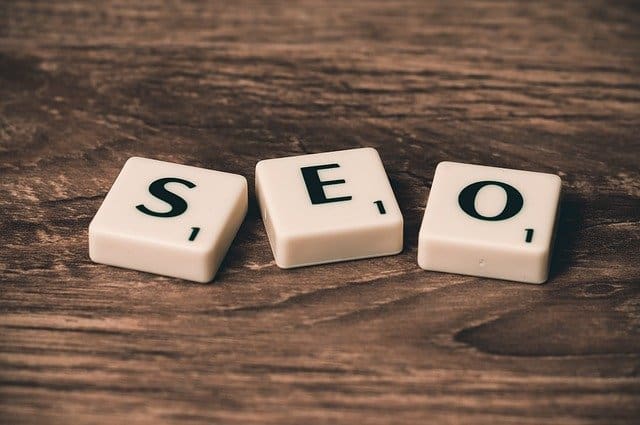Extensive Guide on NFT Marketplace Development: Features, Examples, and Cost
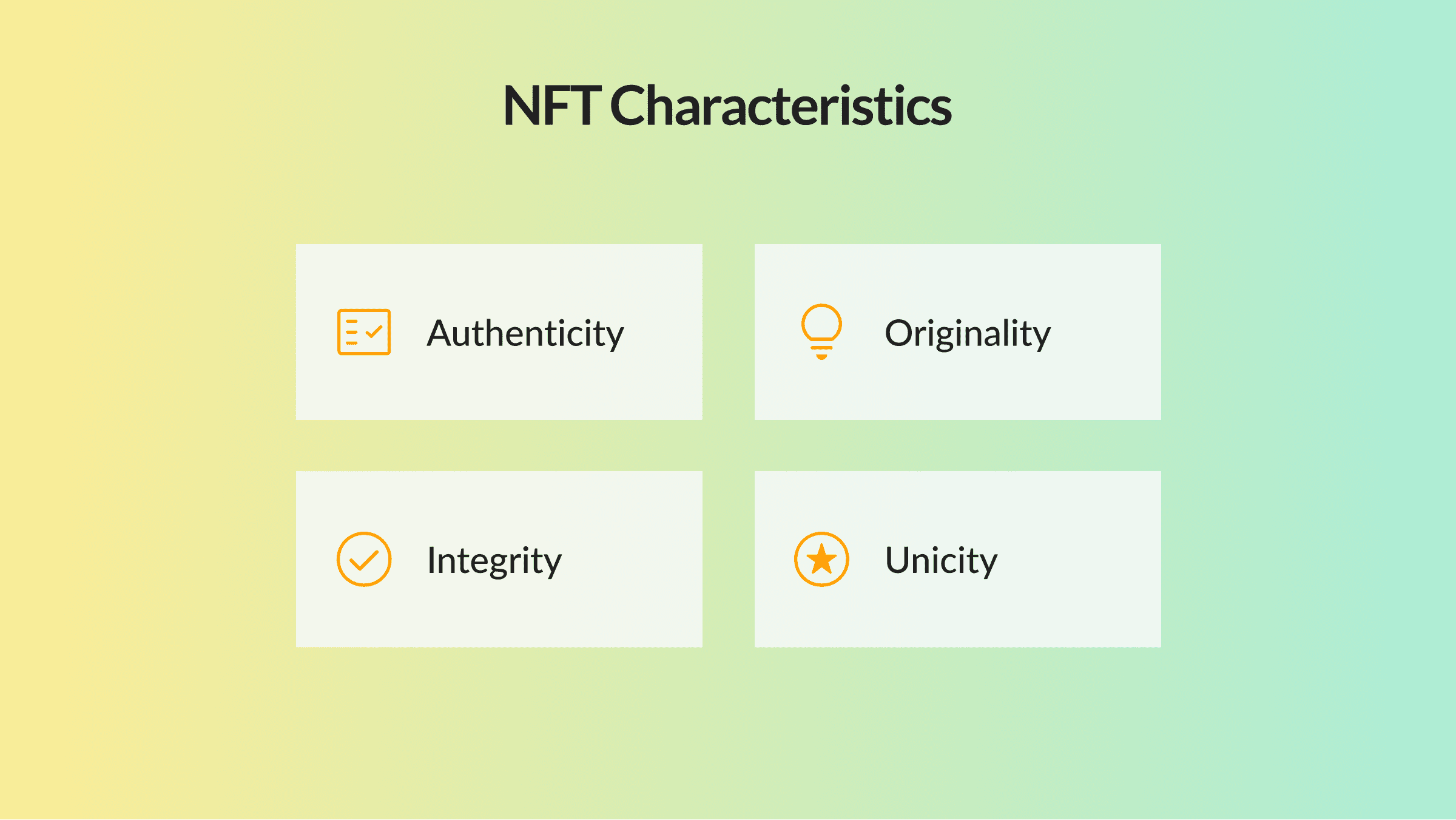
As users’ interest in decentralized technology, namely blockchain, has grown, new startups and industries based on this technology have emerged. One of the most promising trends today is Non-Fungible Tokens (NFT). As a result, more and more NFT marketplaces in different directions are appearing, and the market capitalization of NFTs shows an impressive growth of 138% annually.
In this regard, the prospects of creating your own NFT marketplace are desirable. So we have created this guide, which will disclose all the details of developing such platforms, the necessary features, and examples of successful solutions.
NFT Marketplace: What It Is and What Are Its Features
Before we get into the technical aspects, let’s examine what Non-Fungible Tokens and NFT marketplaces are.
NFT is closely related to blockchain technology. Due to its features, it allows for combining art and technology. Furthermore, the token owners can be confident that they have purchased an original, thanks to the fact that all information about it is stored in the blockchain and cannot be tampered with or altered. Non-Fungible Tokens have 4 basic principles:
- Originality. Each token has metadata that cannot be duplicated.
- Integrity. A token cannot be split into multiple parts.
- Unicity. It is not possible to replace any element of a token.
- Authenticity. All token data can be easily verified and cannot be faked.
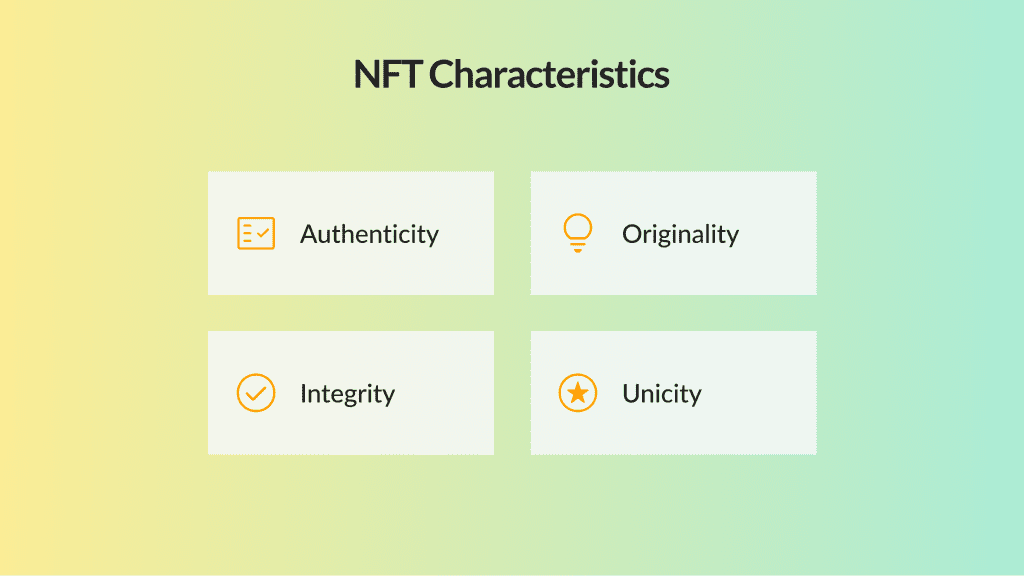
Thus, purchasing an NFT guarantees the owner the right to own a unique token. Nevertheless, the purchase does not protect against the emergence of pirated copies, which will nonetheless remain only copies.
The NFT Marketplace platform allows you to create, sell and buy tokens. The user must create a cryptocurrency wallet with a specific currency to make a purchase or sale. As a rule, most tokens are based on ETH, so most marketplaces accept ETH as payment.
The user experience of NFT marketplaces is similar to that of any other e-commerce site. For example, the seller can create a unique product and put it up for sale, and the buyer can explore the catalog, choose the product he likes, study its description, and make a purchase.
NFT marketplaces are classified by their offerings into universal (where any NFT is sold, including images, videos, and even domain names) and niche ones (where only certain types of tokens are sold, such as game skins). There are also open and closed platforms based on their availability.
NFT marketplace MVP features
NFT marketplaces can be distinguished by unique features that allow them to stand out among competitors and attract more users. However, any such platform has essential features that should be included in the first release of the Minimum Viable Product (MVP). The main features of the NFT marketplace include the following:
- Registration and login
- Catalog
- Search Engine
- Asset creation
- NFT wallet
- Reviews & Ratings
- Notifications
- User support
Also, you can create a bitcoin wallet app so all payments at your NFT marketplace will be made via it.
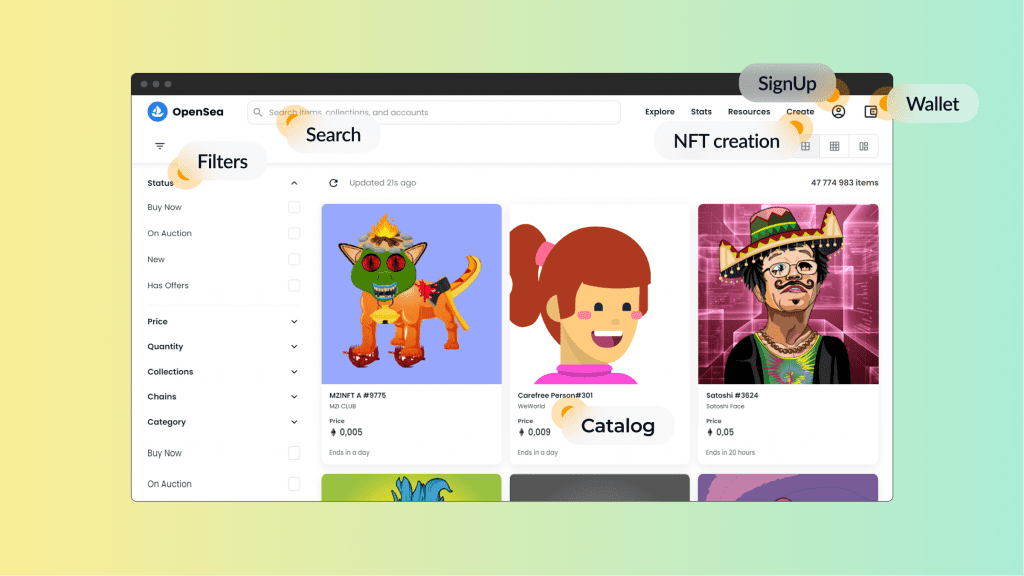
Examples of Successful NFT Marketplaces
Today there is a large variety of NFT marketplaces, each with its characteristics and goals. We have collected for you examples of some solutions that are in high demand.
OpenSea
This marketplace is trendy because it offers a large variety of tokens. In addition, the platform supports Ethereum, Clatin, Solana, and other cryptocurrencies. The monetization model that OpenSea uses is a commission of 2.5% of each transaction.
Nifty Gateway
This platform is more narrowly focused and qualifies on unique tokens from famous artists. The NFTs offered on the marketplace are called nifty tokens. The feature of Nifty Gateway is that users can use fiat currencies for purchases. The monetization model of the platform is 5% for each transaction. Also, the marketplace transfers 10% from each subsequent sale to the author of the token.
Axie Infinity
The marketplace is an online game in which the tokens sold are called Axie and are cute little animals directly involved in the gameplay. They can be bred, cross-bred, and sold. The platform uses its cryptocurrency called AXS, which can be won by participating in competitions. It can be exchanged for real money.
NBA Top Shot
The target audience of the marketplace is basketball fans. The tokens presented on the platform are video clips of the best moments of the games. The price of each NFT depends on its uniqueness. NBA Top Shot’s monetization model is a 5% commission on each transaction.
Some Critical Points to Consider Before NFT Marketplace Development
Since NFT technology is relatively new, you should know some technical aspects. This will help you choose the most expert software vendor with experience in such solutions.
Smart contracts and blockchain
NFTs are based on blockchain, which gives them several advantages, including:
- Transparency. Blockchain allows you to track every transaction.
- Security. Blockchain guarantees entrepreneurs and their customers high security and complete data protection from loss or unlawful alteration.
- Decentralization. Data is not stored on a single device but distributed across the network, providing increased security.
Smart contracts are another essential technology for blockchain app for small and medium businesses. They are a type of contract in the form of computer code, which makes it possible to guarantee that all obligations under the contract will be fulfilled. Therefore, smart contracts are one of the critical technologies for creating an NFT marketplace.
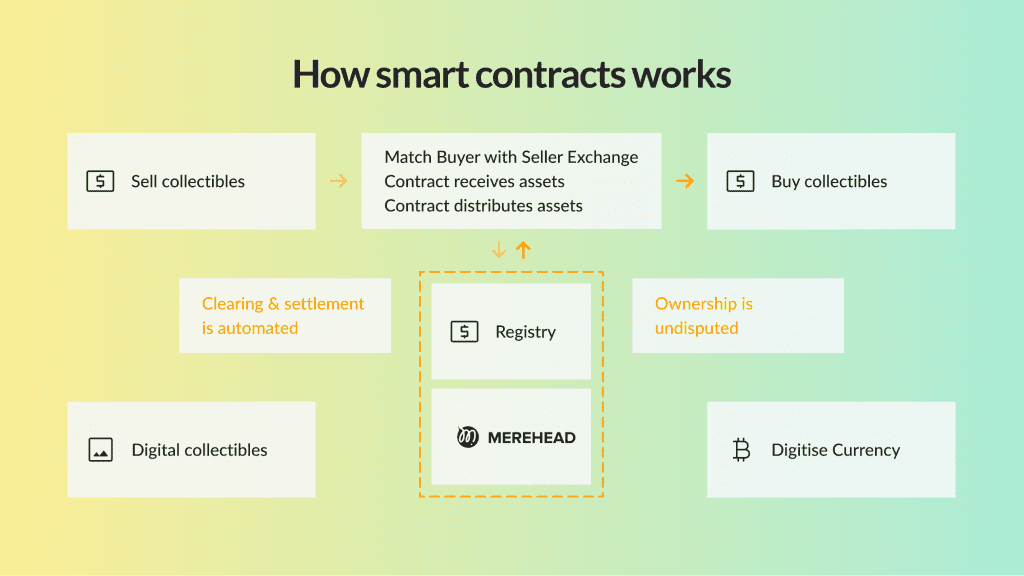
Technology stack for NFT Marketplace
Developing the NFT Marketplace is also worth paying particular attention to technology. First, you should define a blockchain platform. Then, you can choose one of the following options:
- Ethereum
- Flow
- Tezos
- Cardano
Another vital component of the NFT Marketplace is the token storage platform. There are three options here:
- IPFS
- Filecoin
- Pinat
The technology stack for creating the front is up to developers to choose from based on your needs, but they often use Vue, React, or Angular.
Non-Fungible Tokens Standards
Each NFT platform uses tokens of a certain standard. As a rule, the following variants are used:
- ERC721. This standard is based on Ethereum and was the first. It gives each token its smart counter and a unique ID.
- ERC1155. This is an update on the last option. Additional features included assigning one smart contract to several tokens, reducing the network load, and making transfers cheaper.
- BEP. This standard was created to place tokens in Binance Chains. Its mechanism of action is similar to the standards based on Ethereum.
NFT Marketplace Development Step by Step
To create an NFT marketplace, you must go through several necessary steps.
1. Finding a reliable software provider
First, finding a technical partner with experience in developing marketplaces and working with blockchain is necessary. The most effective option would be to outsource the project since you can save money and gain access to experienced professionals worldwide. To make the best choice, study the vendor’s expertise, customer reviews, and portfolios, and make sure they know how to handle communication issues.
2. Preparatory steps
Once you find a software provider, you must go through the solution design and discovery phases with them. During these phases, the team will gather all the functional and non-functional project requirements, create a detailed feature list, design prototypes, and collect all the necessary documentation.
3. UI/UX design
In the case of the creation of the NFT marketplace, design is paid very much attention. Users will judge the attractiveness of your platform based on the interface and ease of use. The design team will provide several prototypes from which you can choose the best option that meets your requirements and brand positioning.
4. Development and testing
After all the documents are ready, the developers start writing the code to create your NFT marketplace. The project manager divides the entire process into several sprints, during which a particular part of the final product is made. Each stage is accompanied by QA testing. Upon completion of the QA development, engineers conduct a series of tests to check the functioning of the NFT marketplace and each function separately to correct all possible errors.
5. Release and maintenance
After completing work on your marketplace, the developers place it on the server and provide you with a link, an admin panel, and all project documentation. However, since the technology is relatively new, you should continue working with the software vendor for further updates, possible bug fixes, and new features.
How to Create NFT Marketplace: Summarizing
Thus, today, NFT marketplaces are an actively growing niche and very popular. To create your own solution, you should find an experienced technical partner who can take on your project, take you through all the preparatory steps and develop the NFT marketplace from scratch. Start conquering the world of decentralized technologies and Non-Fungible Tokens.
